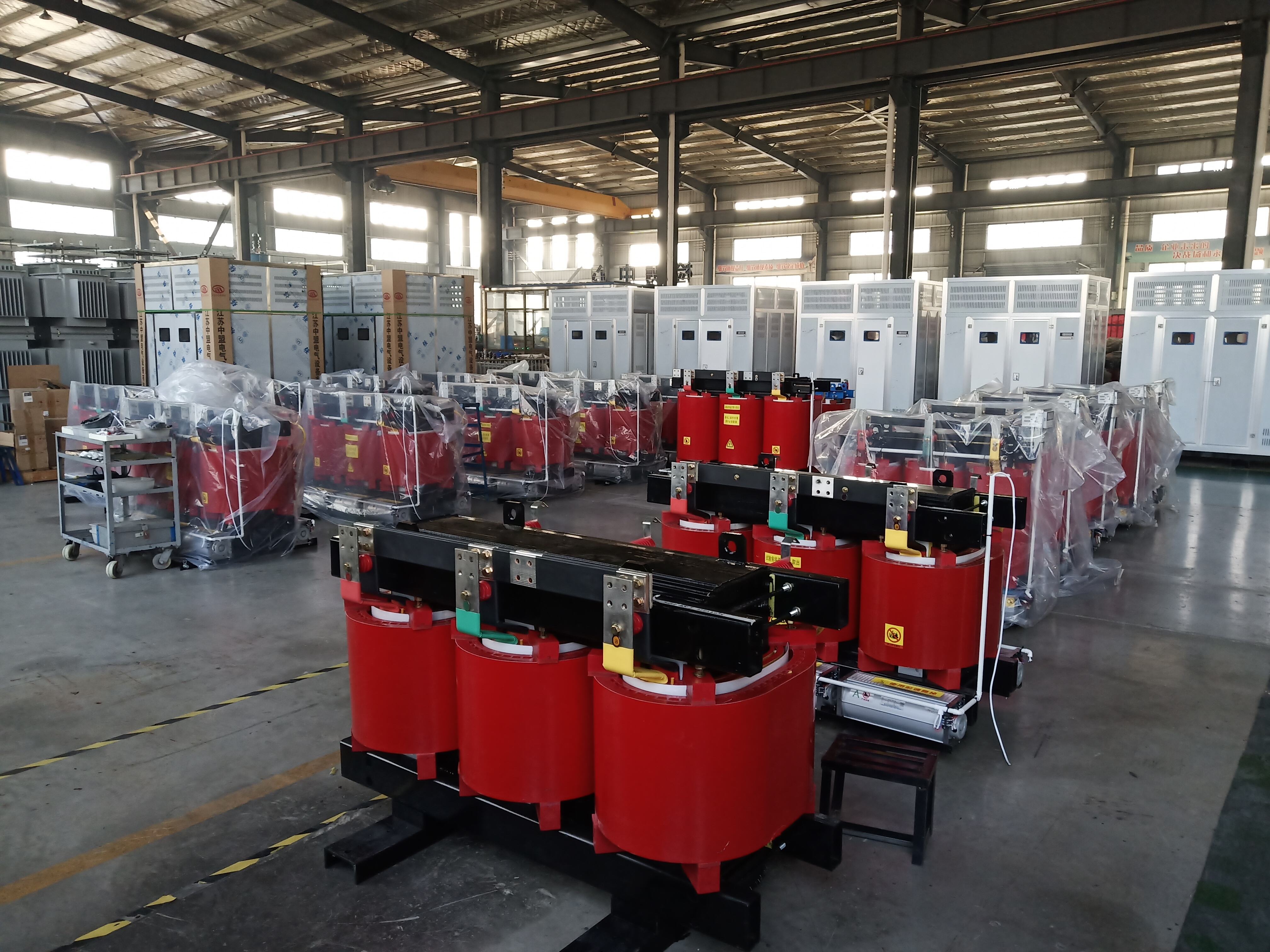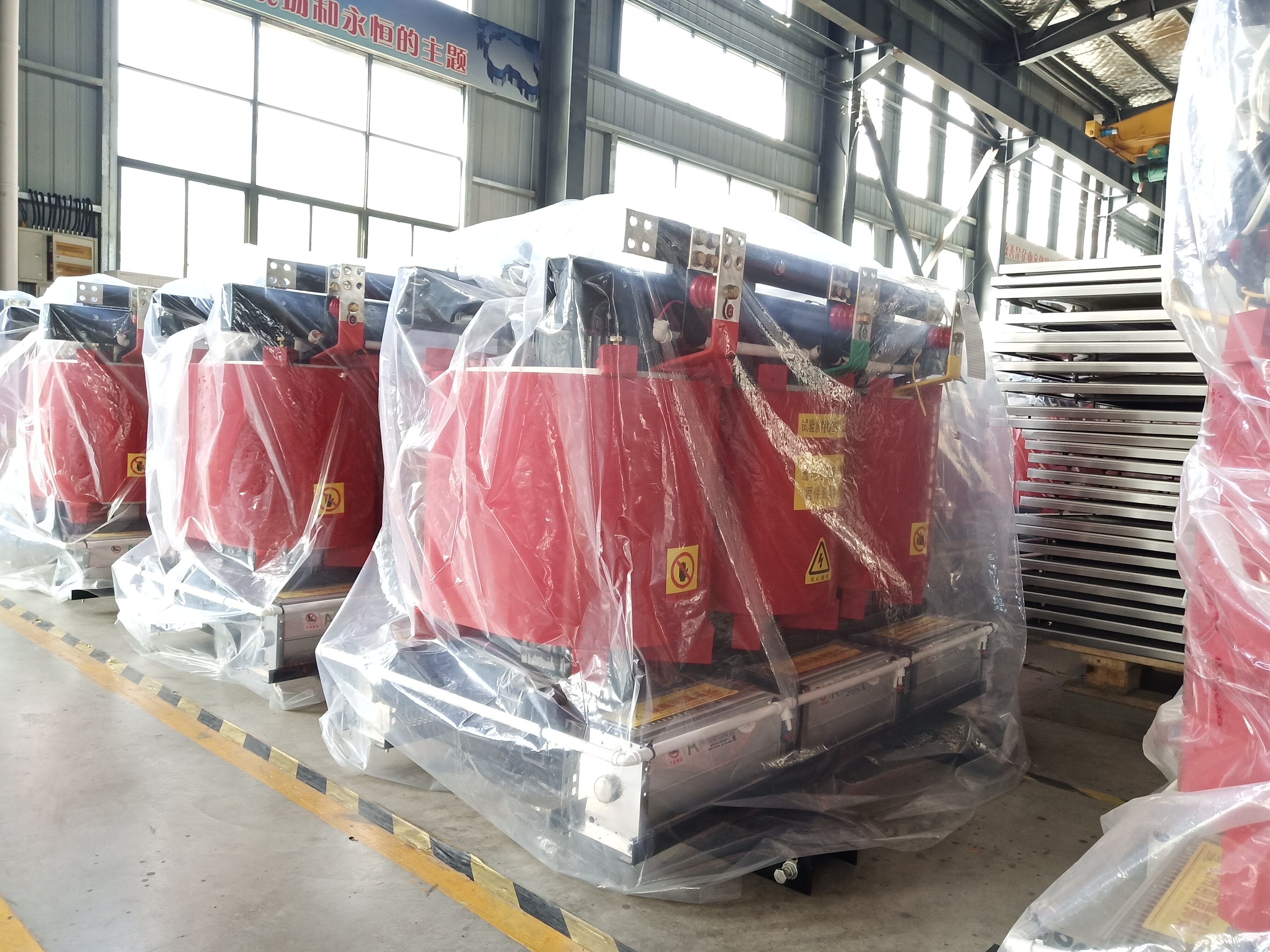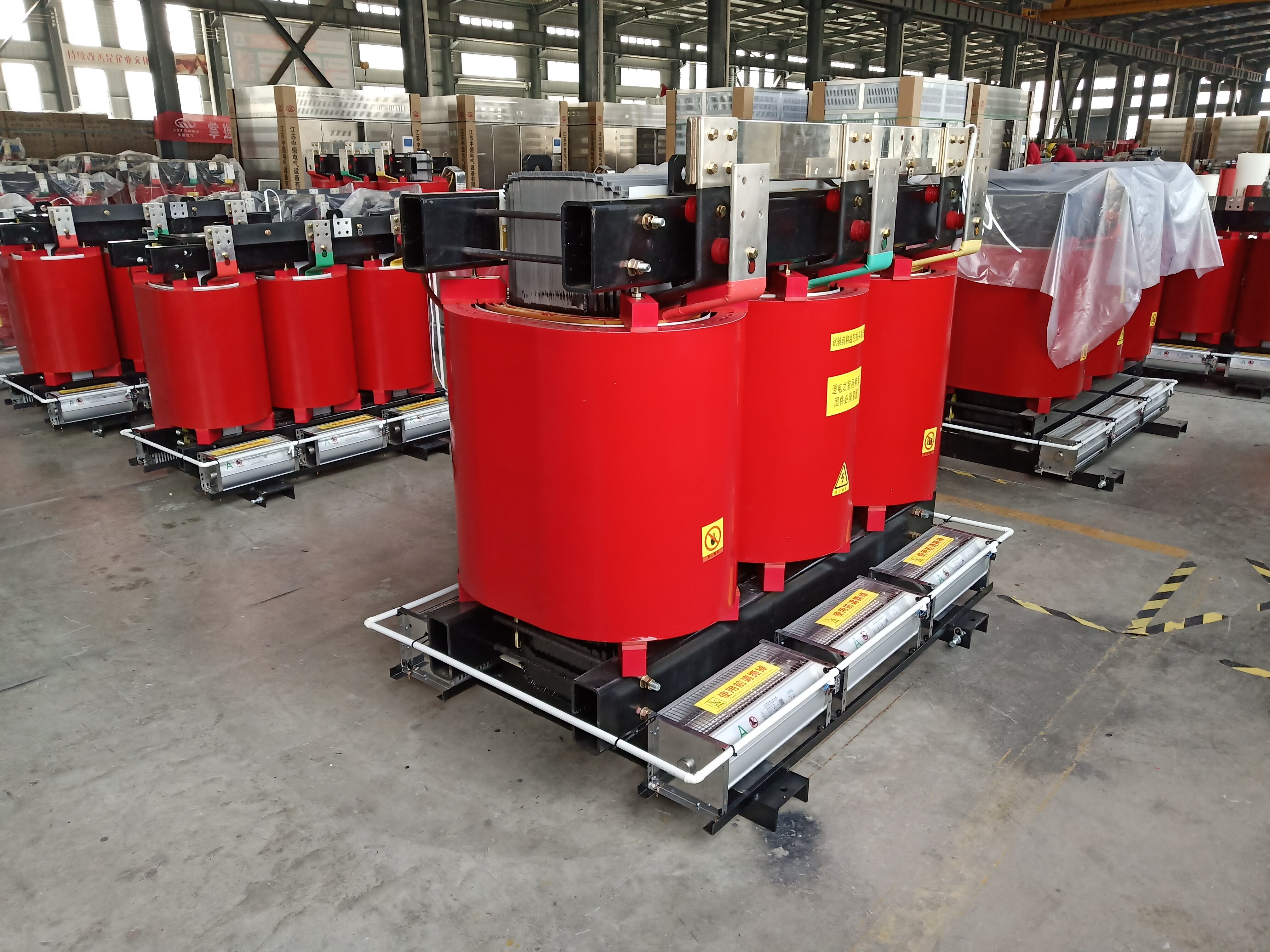solid state distribution transformer
The solid state distribution transformer (SSDT) represents a groundbreaking advancement in power distribution technology, combining traditional transformer functionality with modern power electronics. This innovative device serves as a crucial interface between the electrical grid and end users, providing enhanced control over power flow and quality. Operating through sophisticated semiconductor devices, the SSDT converts high voltage power to lower voltage levels while simultaneously offering advanced features such as voltage regulation, harmonic compensation, and power factor correction. Unlike conventional transformers, SSDTs utilize power electronic switches and digital control systems to achieve precise power management and improved efficiency. The technology incorporates multiple power conversion stages, including AC to DC conversion, intermediate processing, and DC to AC conversion, allowing for superior power quality and grid stability. These transformers are particularly valuable in smart grid applications, renewable energy integration, and modern power distribution systems. The SSDT's ability to handle bidirectional power flow makes it especially suitable for integrating distributed energy resources, such as solar panels and energy storage systems. Additionally, its compact design and reduced maintenance requirements make it an ideal solution for urban power distribution networks and industrial applications where space and reliability are critical factors.


